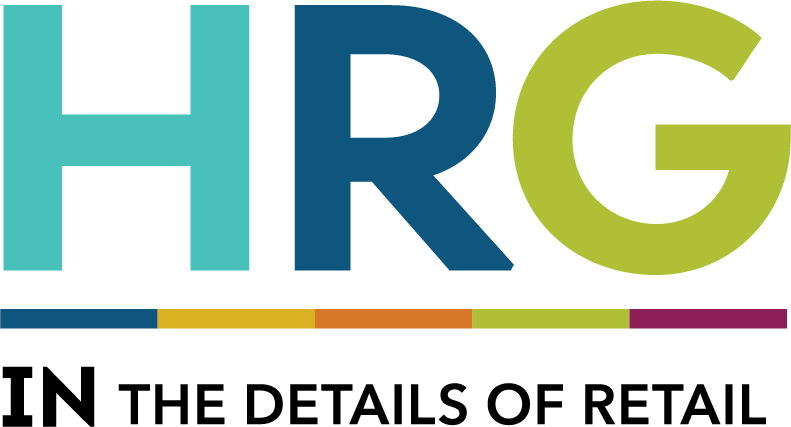By Dave Wendland, for Forbes Agency Council, as appeared on Forbes.com March 21, 2021
Last year, companies found themselves faced with a daunting decision. Many struggled to implement tactics to build resilience into their organizations to survive short-term perils, while not losing sight of long-term strategies for an unknown future state. For some, this balance between short-term tactics and long-term strategies has become a challenging feat.
During a recent executive roundtable session I hosted on balancing resilience, there was a spirited discussion around this. And because the participants represented a group with diverse backgrounds from various industries and experiences, there was an outstanding opportunity to share and learn. As a result of hearing these different perspectives, new ideas emerged, and some epiphanies were exchanged to solve today’s shared business challenges.
When asked how market disruption has affected each panelist’s business today, the answers were consistent. Realizing that today is different than yesterday, and tomorrow will not resemble today, most of the participants agreed that the pressures of the day overshadowed longer-range thinking. In fact, several commented that managing the day-to-day has become more exhaustive since each day brings to light something unknown. This has always been the case, but it’s been further exasperated by the pandemic.
Flexibility and the ability to adapt and pivot have been essential over the past year and will undoubtedly become the “new normal.” Most felt that the increased speed to decisions and the time to execution were positives that came as a result of Covid-19.
So, how can business leaders move beyond the status quo and start driving action? One of the many famous quotes and lessons from Sun Tzu in The Art of War is: “Strategy without tactics is the slowest route to victory. Tactics without strategy is the noise before defeat.”
Bringing in an outside perspective was considered a valuable option by the roundtable participants to help them see the forest for the trees. We spent considerable time exploring the two questions below, and felt that, regardless of industry, balancing these two vantage points of tactic versus strategy are important:
- In what ways are you stepping above the fray and seeing a broader, more strategic view?
- How do you nimbly and objectively assess what is working and what isn’t?
One additional question for those working across the retail supply chain warrants consideration: How can companies balance resilience when it comes to lack of promotion versus regular retail price tolerance?
Many on the roundtable panel admitted that there was little need to promote during the pandemic — at the same time, it was suggested that no one wants to be seen as profiteering in a time of crisis.
If you’re a CPG brand marketer or retailer, here are four critical questions to ponder moving forward:
- What is the right balance between promotion and price?
- How do consumers perceive current pricing tactics and limited promotional displays?
- Will consumers become savvier and more accustomed to this new way of shopping, thus expect promotions again?
- Given the challenge with “stock up and save” for critical items (i.e., toilet paper, hand sanitizer, disinfectants, etc.), where else can retailers and manufacturers drive opportunity at shelf?
With uncertainty swirling regarding consumer behavior, preferences and expectations, brands (and retailers) may need to redefine their go-to-market approach. This begins with the creation of a preferred future state. In other words, if the channel has shifted to emphasize e-commerce rather than brick-and-mortar, organizations may need to retool themselves. If consumer preferences and expectations appear to have been forever changed, aligning product attributes and messaging to match is imperative.
Regardless of the business, it is clear that uncontrollable circumstances always have the potential to disrupt an organization’s focus, energy and mission. Remaining calm under pressure is vital. As our own organization faced the uncertainty of the ensuing pandemic, senior leadership has set the tone in four areas:
- Reestablished trust across the company — we’re all in this together.
- Recognized individuals and their unique needs, circumstances and priorities.
- Reiterated teamwork as an essential factor to serve each other, especially given work-from-home realities.
- Reminded clients that we are committed to their success.
The bottom line for leaders looking to build resilience into their organizations is clear: create processes that withstand disruption, communicate vision with confidence and prepare to dynamically adjust previous thinking and approaches.
